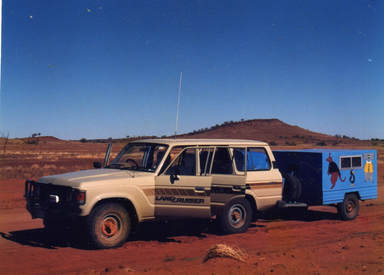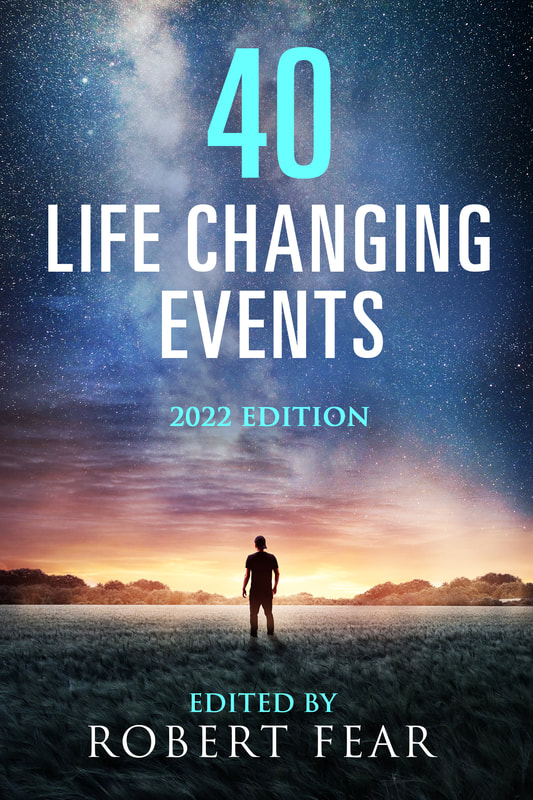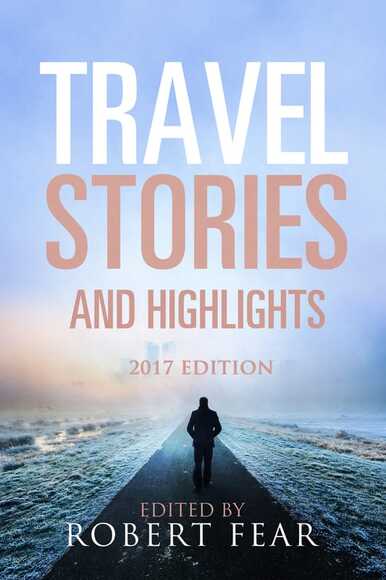Tackling the Tanami Track by Robyn Boswell
The final decision came as we reached the turn-off north of Alice Springs. The signpost said it all – Halls Creek 1032kms. That was it; the next town. In between was the Tanami Desert. We’d debated for days as to whether we’d tackle the desert crossing and had listened to advice that mostly said “No, don’t do it”, but there we were, loaded with water, diesel and enough supplies in case of a breakdown.
We’d read as much as we could about how to be safe, so when Noel stopped and said “Well, should we?” we all chorused “Yes” and our destiny was set.
The first 125kms were twelve-foot wide bitumen, comfortable to drive on, but when a car came towards you it was a game of chicken to see who would lose their nerve first and pull off into the red dust on the side. Fortunately we only saw three cars all morning and by day’s end had seen all six cars that we would meet on the whole track.
We passed the signpost to Yuendumu, an aboriginal settlement that you needed a permit to visit and the last sign of civilization for 350 kms apart from a very few lonely signs that indicated there were isolated cattle stations at the end of driveways that were 125 kilometres or more long. What a hard life some people signed up to!
Leaving the seal behind we drove on red gravel as wide as a 6-lane highway. As the road became too corrugated, the grader simply graded new lanes on the sides of the existing road. Fortunately we were on the track soon after the grader had paid a rare visit. We had to keep our speed up to skim across the top of the corrugations, but at the same time the spotter in the passenger seat had to keep their eyes peeled for bulldust, lighter than the rest of the road, which filled deep holes that would break an axle or the towbar of Little Blue, our trusty trailer, if we crashed into them. Bouncing and swerving along the road set up a cacophony of sound as everything in the landcruiser swayed and jolted.
We stopped for a picnic lunch right on the road; no need to pull over. Instantly we were aware that we were mere specks in the endless panorama of spinifex and red dust. The wind sang across the desert as it had done since the dawn of time. Humans were insignificant in this untouched wilderness. It was one of those rare moments in life when you feel your whole body zinging with the joy of being alive and being part of something greater than yourself.
The hours rolled by and the spinifex and dust went on and on. We played Trivial Pursuits to pass the time, until late in the afternoon we encountered a small, green building and a petrol pump that was almost lost in the grandeur of the landscape. This was our destination for the night, Rabbit Flat, the most remote roadhouse in Australia, 650 kms from Alice Springs and 454 kms from Halls Creek. We erected our tents in the campground out the back beside a billabong and lit a campfire to cook our steaks for dinner, marveling at the fact that we were alone in the majesty of the Australian desert. Suddenly we heard the unmistakable growl of a diesel engine and a bus rolled into the camp, full of scouts from Melbourne on a grand adventure. So much for solitude!
The next morning, as we sat in the cool of a desert sunrise eating breakfast, a green and gold cloud of thousands upon thousands of budgerigars billowed over the billabong. We watched, fascinated, as they swooped and dipped, ensuring that every member of the flock got a sip of water as they passed by.
We chatted to the proprietor for a while. It turned out there were some mines not too far away and some aboriginal settlements deep in the desert. We’d wondered why he had a bar in the roadhouse. He showed us the loaded rifle he kept under the counter ‘just in case things get out of hand’. He only had to pull it out and place it on the counter for things to calm down. He was about to go ‘up the road a little way’, 300 kilometres or so to the nearest airstrip to pick up his sons who were flying in from boarding school over 4000kms away in Melbourne.
Shortly into our second long day we passed into Western Australia. The road deteriorated markedly becoming very narrow, sandy, heavily corrugated and lined by yellow grasses almost as tall as the Landcruiser, which made it virtually impossible to spot oncoming traffic. Fortunately we didn’t meet any other vehicles all day. Termite mounds got taller and taller and we stopped by one that towered over our vehicle, the tiny, busy denizens hidden in its cool depths.
We overnighted at Carranya Station, an isolated cattle station with a very dusty campsite. My airbed went down so I spent the night in one of our deckchairs, mesmerised by the chandelier of stars strung across the heavens and the golden glow of sunrise in the Australian bush.
At Wolf Creek Meteorite Crater we climbed the walls, marvelled at the 800m wide perfect circle formed by an ancient meteorite and pondered on the impact such an event must have had on the entire planet.
As we traversed the last 100 or so kilometres of dust and corrugations we discovered Little Blue was worse for wear. The towbar had bent with the constant banging and crashing. We held on with a wing and a prayer until we found ourselves back on a smooth tarmac road with a few kilometres to go to Halls Creek.
The four of us cheered as we hit the bitumen. We’d not only made it, we’d had an incredible adventure that would stay with us forever. We’d conquered the Tanami Desert!















